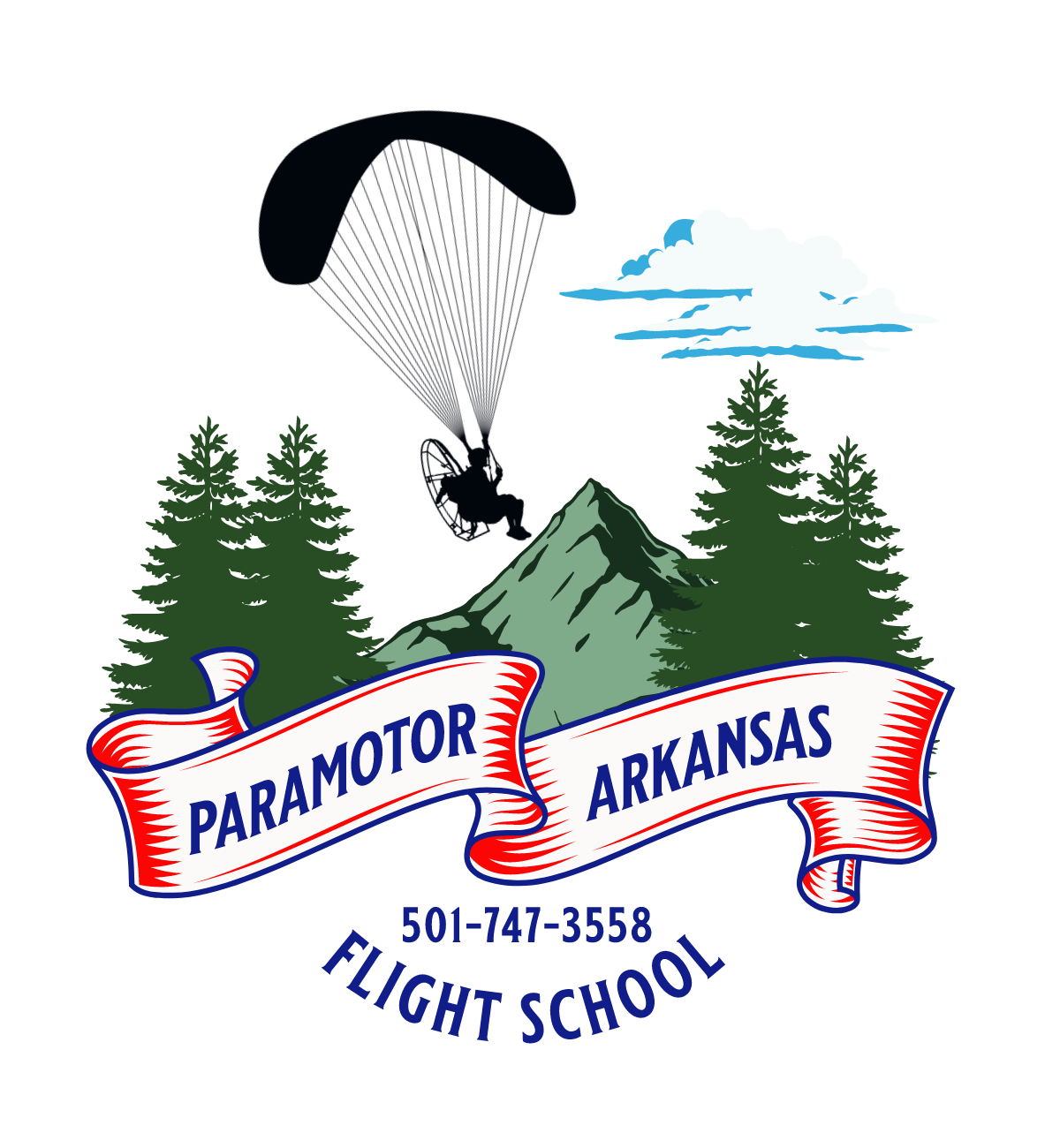PARAMOTOR SAFETY PROCEDURES AND PROTOCOLS
I. Safety Measures:
-
Explain the importance of conducting a thorough pre-flight inspection.
- Answer: A pre-flight inspection ensures that the paramotor is in optimal condition for flight, minimizing the risk of equipment failure during operation. It includes checking for any visible damage, securing connections, and verifying the functionality of crucial components.
-
Describe the significance of maintaining a proper altitude and distance from obstacles during flight.
- Answer: Maintaining a proper altitude and distance from obstacles provides the pilot with reaction time and options in case of emergencies. It reduces the risk of collisions and enhances overall flight safety.
II. Emergency Procedures:
-
Outline the steps to follow in the event of an engine failure during flight.
- Answer: In the event of engine failure, the pilot should maintain composure, identify a suitable landing area, and execute emergency landing procedures. If necessary, deploy the reserve parachute for a controlled descent.
-
Explain the procedure for handling a deflation in one side of the wing during flight.
- Answer: If a deflation occurs, the pilot should apply the opposite brake to regain balance. Gentle weight-shift can help stabilize the wing. Remaining calm and avoiding abrupt maneuvers are essential.
III. Weather Considerations:
-
Discuss the impact of wind direction and speed on takeoff and landing in paramotoring.
- Answer: Wind direction affects takeoff and landing. Taking off into the wind provides better lift, and landing into the wind reduces groundspeed for a smoother touchdown.
-
Explain the concept of thermals and their effect on paramotor flight.
- Answer: Thermals are rising columns of warm air. While they can provide lift for gaining altitude, they can also induce turbulence. Pilots should be cautious and navigate thermals carefully.
IV. Communication and Coordination:
-
Describe the importance of effective communication with ground crew and other pilots.
- Answer: Effective communication ensures coordinated actions and enhances overall safety. Clear communication with ground crew and other pilots helps in planning, takeoff, and landing procedures.
V. Post-Flight Procedures:
-
Outline the steps to take after completing a paramotor flight.
- Answer: After a flight, the pilot should secure the paramotor, inspect equipment for any damage, and debrief with ground crew. Proper post-flight procedures contribute to the overall safety and maintenance of equipment.
